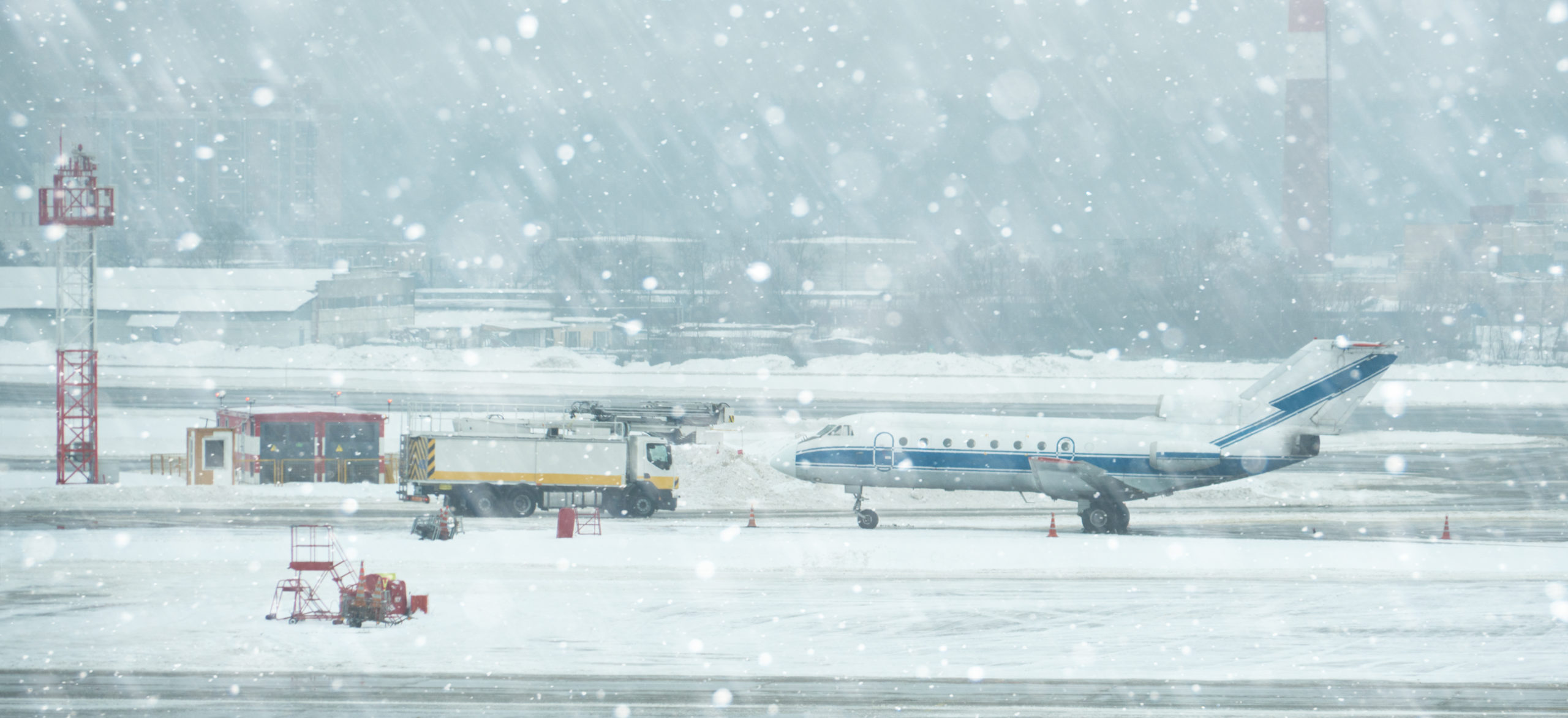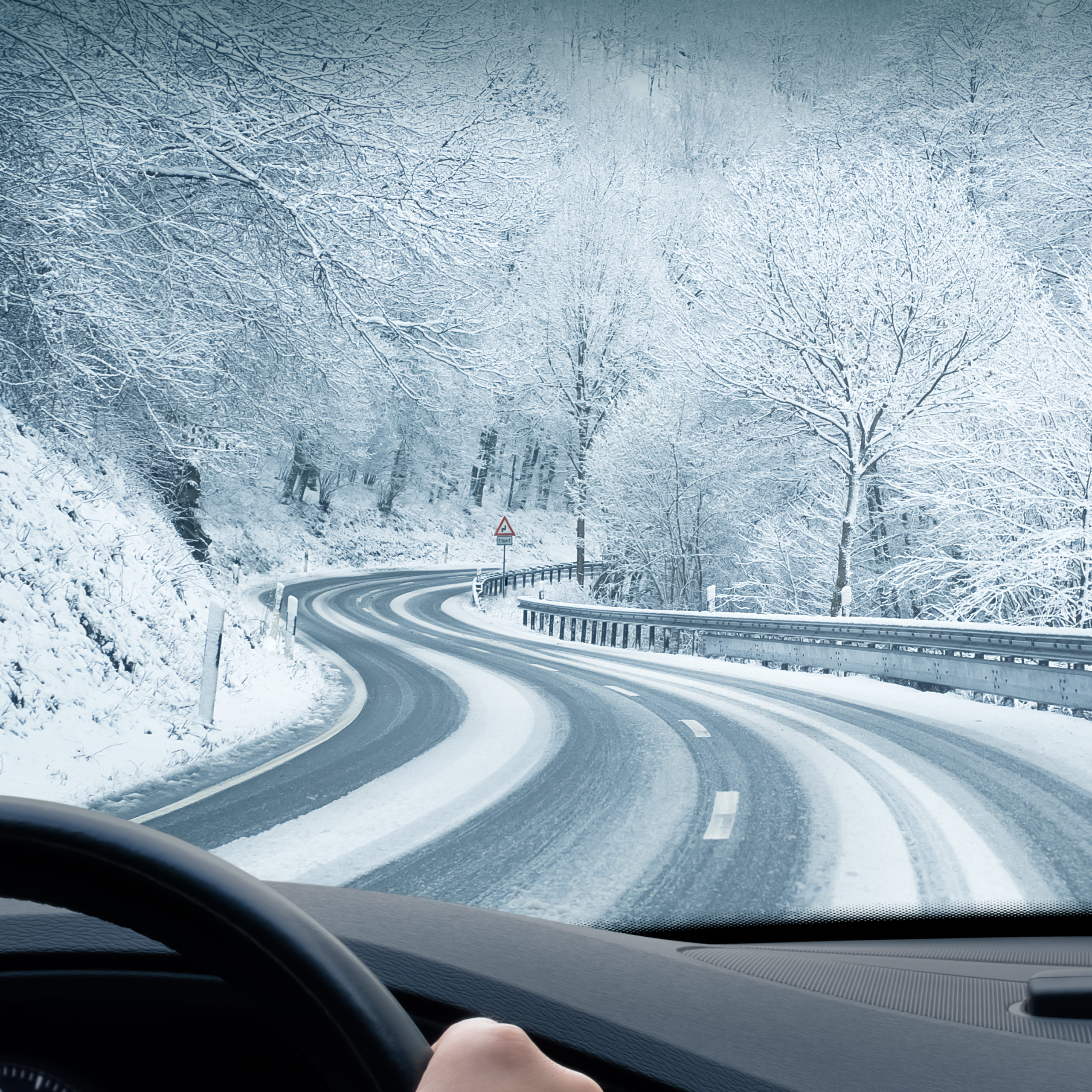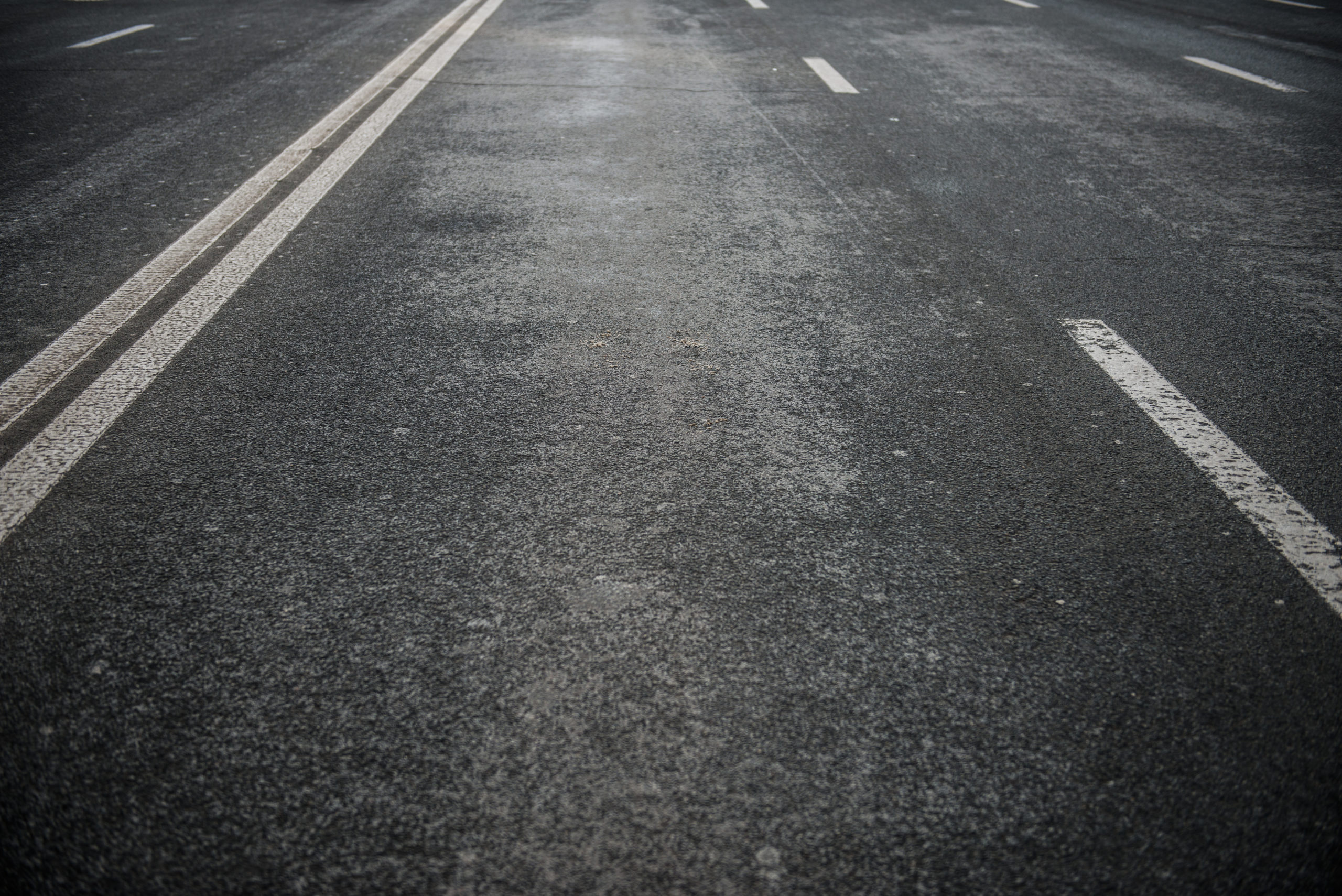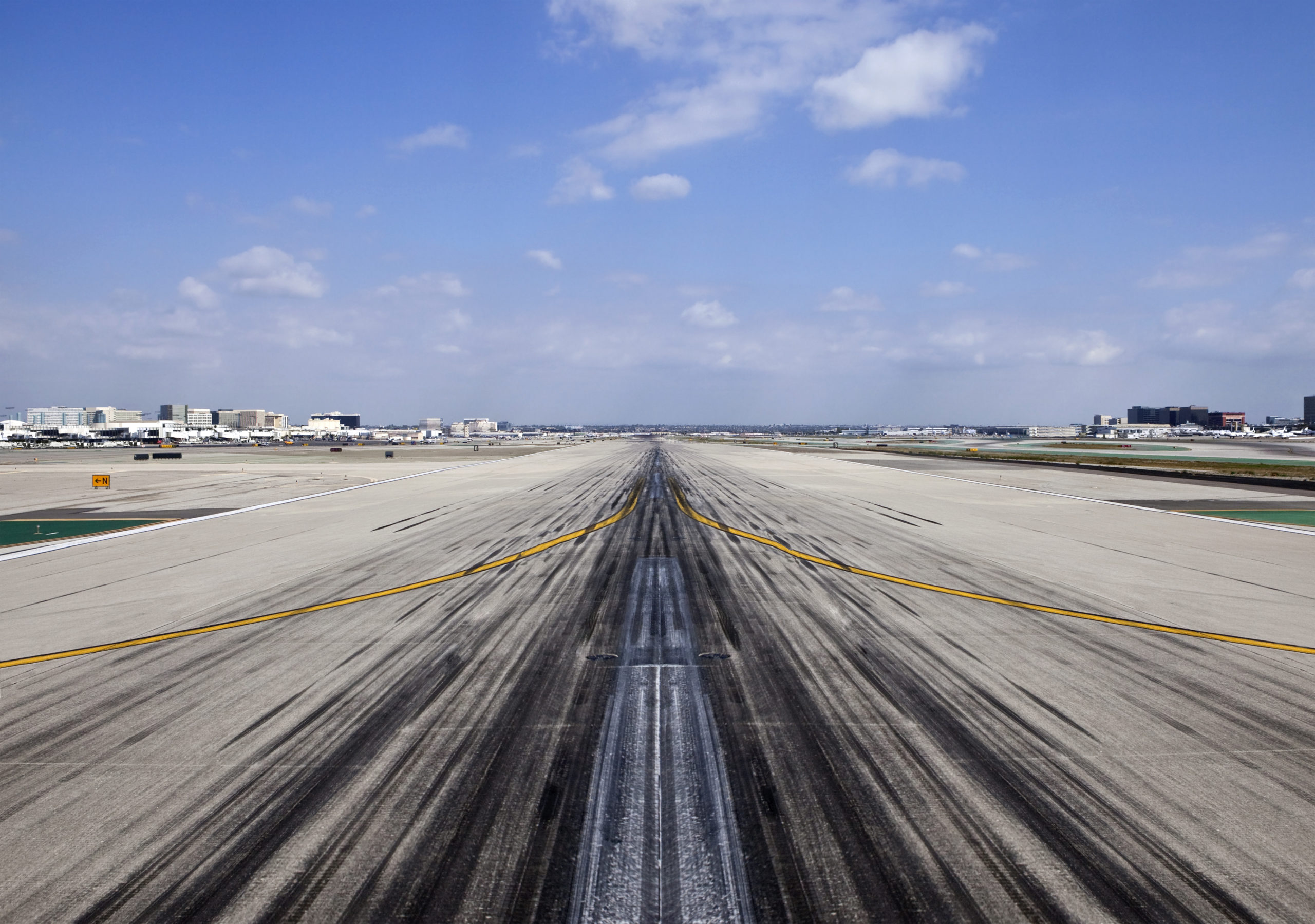
Why measure?
Safety!
No road, runway or pavement is getting better by friction measurement. But knowing the condition of the surface is essential for knowing when to make an intervention.
Saving money!
An old saying: “If it’s not broken why fix it?” Making a friction measurement is a lot cheaper than making rubber removal, remake the surface- or in winter, spreading expensive chemicals or salt.
Saving the environment!
Thousands of tons of salt and chemicals are being used every year to improve friction level. It represents a significant stress on the environment and often pollutes the ground water. Is the intervention always required or is the action based on ‘believing’ and ‘feeling’ of that something needs to be done?
Roads-Winter
Provide information to the maintenance personnel whether salting or sanding is required to ensure sufficient friction and safe driving conditions. Measurement usually made in the vehicle left wheel track.
Both vehicle mounted and trailer mounted TWO is suitable.

Roads-Summer
An asphalt or concrete surface may be contaminated, polluted, or polished in way that may cause dangerously low friction, especially during wet conditions. Even new asphalt needs to be checked to ensure that the friction level is acceptable.
Both vehicle mounted and trailer mounted TWO with self-
wetting option is suitable.

Airport-Winter
Knowing that the runway surface can provide sufficient braking friction for a landing aircraft is essential for safety. There is no room for error. In bad weather the friction level may change rapidly, sometimes significantly in 10-20 minutes, so friction measurement data must be fresh.
Both vehicle mounted and trailer mounted TWO is suitable.

Airport-Summer
Rubber contamination may deteriorate the macro structure of the runway. In wet condition this will lead to aquaplaning and dangerously low friction. Regular friction measurements is essential for knowing when maintenance is required.
Both vehicle mounted and trailer mounted TWO with self-wetting option is suitable.
